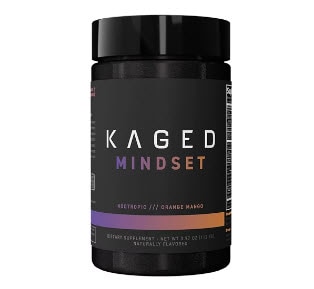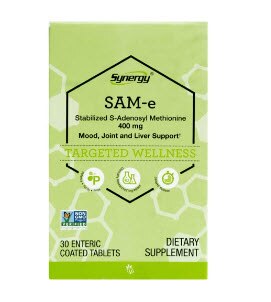Your body does all kinds of things in its quest to keep you in good health. It fights illness, detoxes itself and heals wounds.
It also does things to make you feel good, chief among them, producing mood-boosting brain chemicals.
Endorphins are high on the list of those substances, effective enough at blocking pain to be likened to morphine and powerful enough at inducing joy to be touted as euphoric.
Endorphins aren’t monolithic though. There are many types, and their biochemistry is the stuff of post-secondary school science thrills.
What matters most, though, for us lay folk interested in benefiting from them is a brief inside peek at how and why our body produces them, along with tips on how to increase them, should we so choose.
Endorphins, an origin story
Endorphins are involved in many of your body’s functions, including motor activity, cognitive functions and water and food intake — but I bet you haven’t heard about that. Odds are you’ve heard about endorphins’ feel-good effects, including the “runner’s high” (whose origin has been debated in recent years; a word, literally, on that later).
Your brain’s pituitary gland and hypothalamus are the primary producers of endorphins. Technically speaking, endorphins “express functional duality as they fall into the category of either neurotransmitters or neuromodulators in the central nervous system and hormones in the pituitary gland.” Whew. See? Endorphins aren’t all the same nor do they all do the same thing.
For our purposes, we’ll stick to endorphins as substances your brain produces that carry signals across your nervous system (neurotransmitters), acting as messengers for your body. Neurotransmitters are in fact messengers, chemical messengers, to be precise, that nerve cells (neurons) release to stimulate other nerve, muscle or gland cells.
Here’s the coolest aspect of endorphins: When you feel pain or stress, your body releases endorphins — yet endorphins also reduce pain and block stress! Likewise, your body releases endorphins when you feel pleasure — yet endorphins also promote the feeling of pleasure! Talk about a jack-of-all-trades brain chemical.
As you’ve surely deduced, unless you never move your body or interact with the world around you, your body produces endorphins.
But let’s say you’d like more endorphins in your life or you’re someone whose body doesn’t produce enough of them. There are ways to naturally boost your body’s production of endorphins. Let’s look at a few.
Exercise
From simple stretching to heart-thumping aerobic activity, exercise induces endorphin production. Exercise that’s more vigorous pumps up endorphin output more.
Exercise doesn’t have to be gym- or sports-only stuff. Sure, you can strength train, play soccer or spike volleyballs. But walking your dog briskly, hiking up hills and doing moderate yardwork or housework fit the bill too. So does dancing!
Worth noting: It’s not just endorphins that make you feel good when you exercise. Exercise prompts your body to release other mood-boosting substances such as dopamine, serotonin and endocannabinoids (hello runner’s high!).
Do something rhythmic — with a group
The findings of a curious study titled Synchrony and exertion during dance independently raise pain threshold and encourage social bonding suggest that synchronous activities spark endorphins to release, and it doesn’t matter how much or how little you exert yourself.
Think group dancing in unison, following flow yoga sequences in a packed class — even rowing in a boat as a team. The study authors used changes in pain threshold, a proxy for endorphin release, to measure results.
And recall, dancing itself is exercise that can help with endorphin production, so you might reap a bonus when doing it in a group. Same goes for physical yoga practice and rowing.
There’s more: A net benefit from synchronous activity may include social bonding, according to the study.
Laugh
Studies show laughing releases endorphins.
A hearty belly laugh might even increase your tolerance to pain, which makes sense given we know about endorphins’ morphine-like quality, right?
As an extra perk, laughing decreases stress-inducing hormones found in the blood, including cortisol, and it alters dopamine and serotonin (the same satisfying brain chemicals you get from exercise) activity for the better.
In particular, “endorphins secreted by laughter can help when people are uncomfortable or in a depressed mood,” one study notes.
Get kinky
Your body releases endorphins during sex.
Studies show that sexual behavior decreases pain perception, thanks to endorphins. A compelling reason for this is to potentially “prevent intense sexual arousal from becoming unpleasant, thereby making it more valuable and rewarding,” notes commentary featured in the Nigerian Journal of Medicine.
Sexual activity also releases other pleasing chemicals, including oxytocin, “the love hormone,” which makes you feel connected to others and trust them. Breastfeeding and childbirth do too, along with enhancing endorphin production, our main focus here — but those ways are available only to certain subsets of humans, obviously, and require specific circumstances.
Plus, childbirth serves as a cautionary example of why more endorphins isn’t always better. Too high a level of them can make childbirth harder, not unlike how too low a level of them can.




